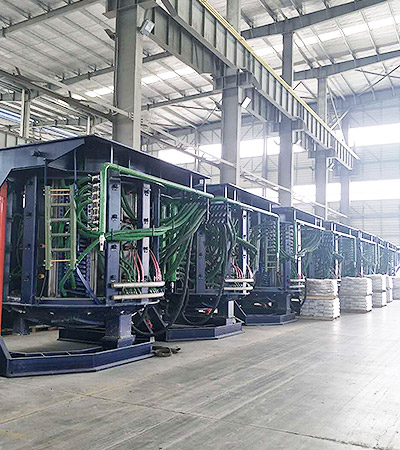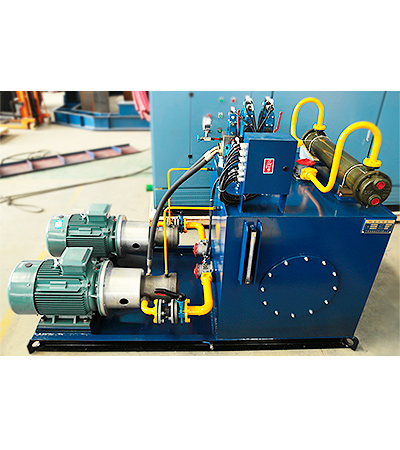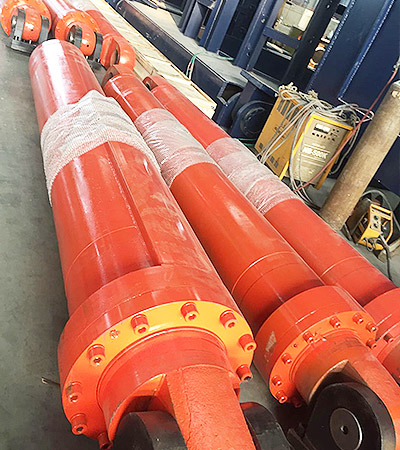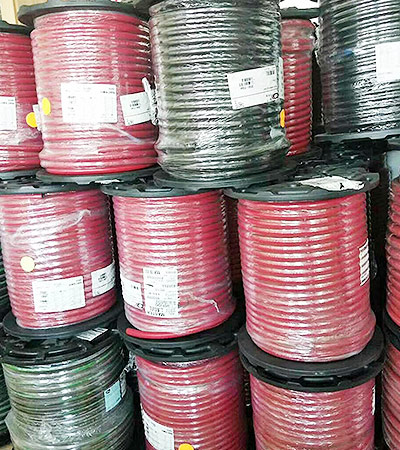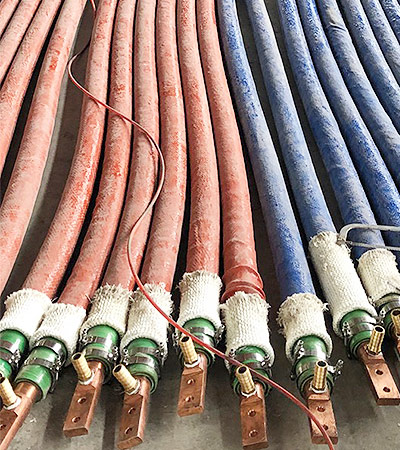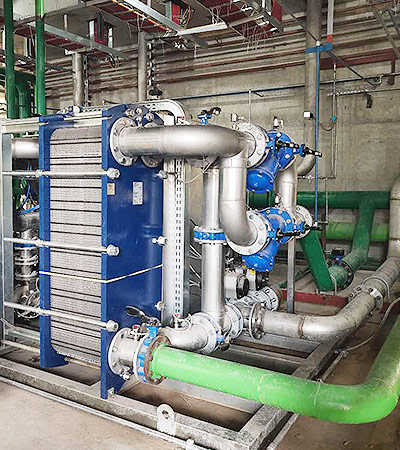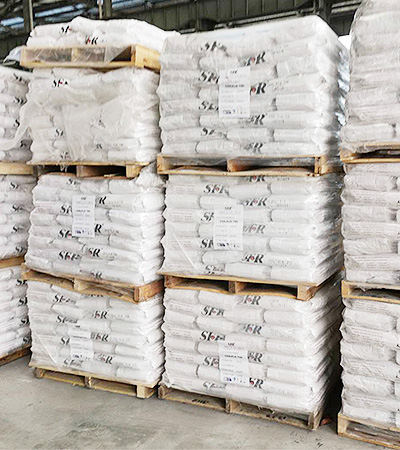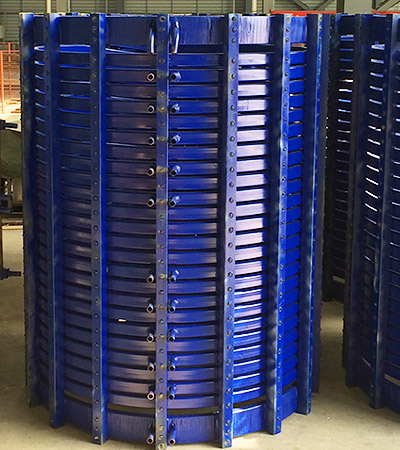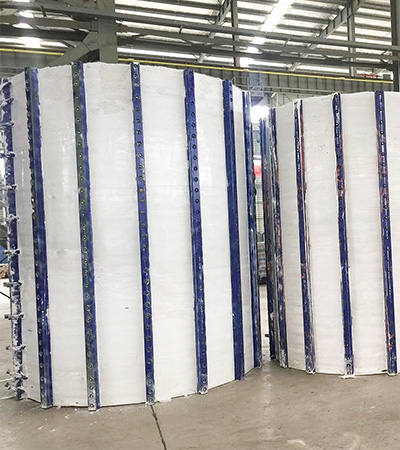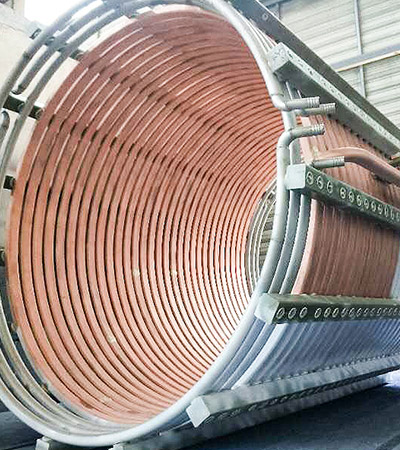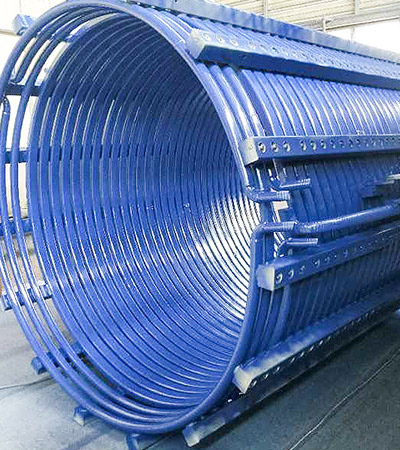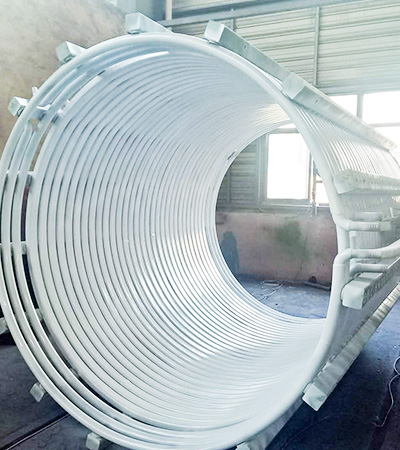In converter steelmaking, molten iron is poured into the converter, a certain amount of scrap steel and steelmaking pig iron are added to adjust the composition and temperature, and a certain amount of quicklime is added for desulfurization. Refining is carried out if necessary, and it is cast into billets by a continuous casting machine.
Open-hearth steelmaking: Scrap steel, steel-making pig iron, iron ore, and limestone slag-forming agent are batched and put into an open-hearth furnace. The preheated high-temperature gas is heated, and the carbon in the pig iron is oxidized by the iron oxide in the iron ore, so as to achieve dehydration. Purpose of carbon steelmaking.
Steelmaking: Put the pig iron for steelmaking into the steelmaking furnace and smelt it according to a certain process to obtain steel. Steel products include ingots, continuous casting billets and direct casting into various steel castings. Generally speaking, steel generally refers to steel that is rolled into various types of steel. Steel is a ferrous metal but steel is not exactly equal to ferrous metal. Steelmaking refers to controlling the carbon content (generally less than 2%), eliminating harmful elements such as P, S, O, N, retaining or increasing beneficial elements such as Si, Mn, Ni, Cr, and adjusting the ratio between elements to obtain the best performance.
Craft is the method and process in which laborers use production tools to process or process various raw materials and semi-finished products in value, and finally make them into finished products. The principle of formulating the process is: technically advanced and economically reasonable. Because factors such as equipment production capacity, precision, and worker proficiency in different factories are very different, for the same product, different factories may formulate different processes; even the same factory does it in different periods. The craftsmanship may also vary. It can be seen that for a certain product, the craftsmanship is not unique, and there is no good or bad. This kind of uncertainty and non-uniqueness is quite different from other elements of modern industry, but similar to art. Some people interpret craft as "the art of craftsmanship".

 English
English España
España EN
EN
